Who’s Paying Your Mortgage?
As a homeowner, you obviously pay for your mortgage but as an investor, your investor, your tenant does. Equity build-up is a significant benefit of mortgaged rental property. As the investor, collects rent and pays expenses, the principal amount of the loan is reduced which increases the equity in the property. Over time, the tenant pays for the property to the benefit of the investor.
Equity build-up occurs with normal amortization as the loan is paid down. It can be accelerated by making additional contributions to the principal each month along with the normal payment. Some investors consider this a good use of the cash flows because interest rates on savings accounts and certificates of deposits are much lower than their mortgage rate.
In the example below, is a hypothetical rental with a purchase price of $125,000 with 80% loan-to-value mortgage at 4.5% for 30 years compared to a 3.5% for 15 years. The acquisition costs were estimated at $3,000, the monthly rent is estimated at $1,250 and $4,800 for operating expenses.
Notice that both properties have a positive cash flow before tax. The cash on cash return is the revenue less expenses including debt service divided by the initial investment to acquire the property. The 15 year mortgage will obviously have a smaller cash flow and lower cash on cash but the equity build-up is significantly higher.
If the goal of the investor is to pay off the property to provide the highest possible cash flow at a later date, a shorter term mortgage with a lower interest rate will help them achieve that. A simple definition of an investment is to put away today so you’ll have more tomorrow. Sacrificing cash flow now, during an investor’s earning years, is a reasonable expectation to provide more cash flow in the future when it might be needed more.
Contact me if you’d like to explore rental property opportunities.
Originally Posted at: Lafayette Real Estate News

Leave a Reply